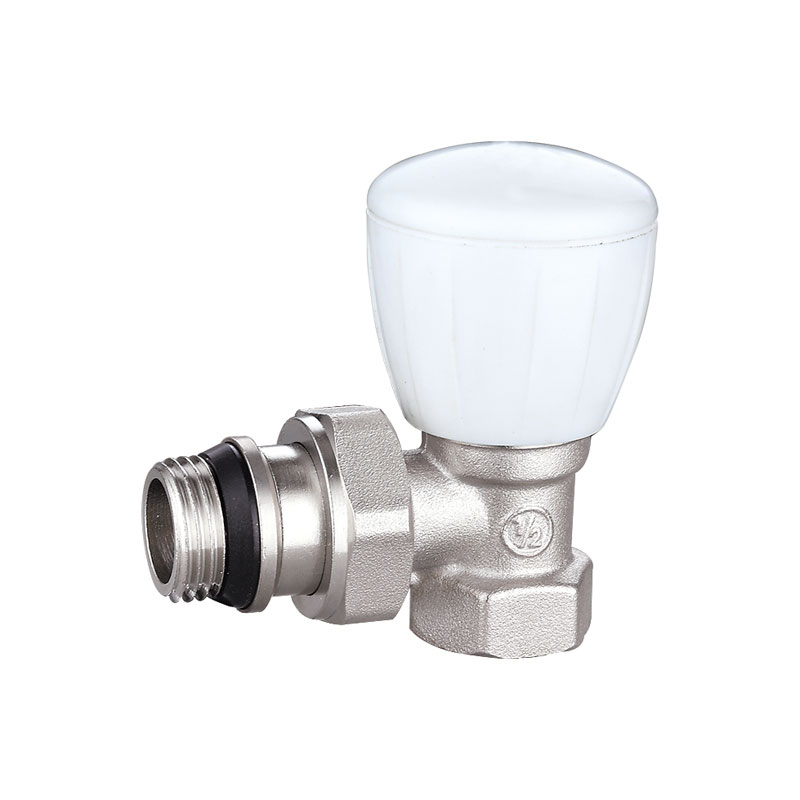
Brass is a metal alloy, made up of copper and zinc. This makes the metal tough and resistant to high pressures. It can also be resistant to chloride solutions, which can dezincify it. Depending on the type of brass used, it can have a different color. Floating balls are the most common type of ball found in ball valves.
Ball valves can be operated electrically, hydraulically or pneumatically. The type of operation can affect the size, strength and performance of the valve. Moreover, a particular valve assembly can have a big effect on repair, maintenance, and the overall function of the valve.
A Ball Valve can be used for various applications, including water, oil, compressed air, and gas. It is easy to operate and offers low leakage risk. It is suitable for use in temperatures ranging from -20 degrees Fahrenheit to 350 degrees Fahrenheit.
A Ball Valve can be constructed in a two-piece or three-piece design. In the two-piece design, the ball is connected to the shaft by a slot. In the three-piece design, the ball is sandwiched between two seats. The shaft is then connected to an external control mechanism. The valve can be installed as a plug or as a ball valve.

 languages
languages

 English
English русский
русский












